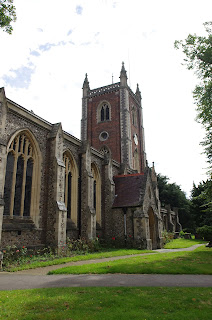Houses of Interest: Leicestershire

The Civil Wars in Leicestershire are overshadowed by events leading upto, and after the Battle of Naseby just over the border in Northamptonshire. For more Leicestershire Civil War locations see the storming of Leicester (coming soon), Market Harborough's role after Naseby , and Belvoir Castle . Kirby Bellars , the remains of this C14th moated manor house were reinforced with earthworks to provide protection for its Parliamentarian garrison. The garrison deserted the site after the fall of Leicester. Marked on the OS map as 'moat' it is best viewed on satellite mapping apps. More hardy souls might want to take the footpath from 36 Main Street westwards that curves round to the south to meet Leicester Road. 1620s House Slightly before 'our' period the 1620s House and Gardens at Donington le Heath gives a fascinating insight into how people lived during the troubled times. Excellent tea rooms (the menu is not C17th themed). The original Tudor manor of Coleorton Hal...




